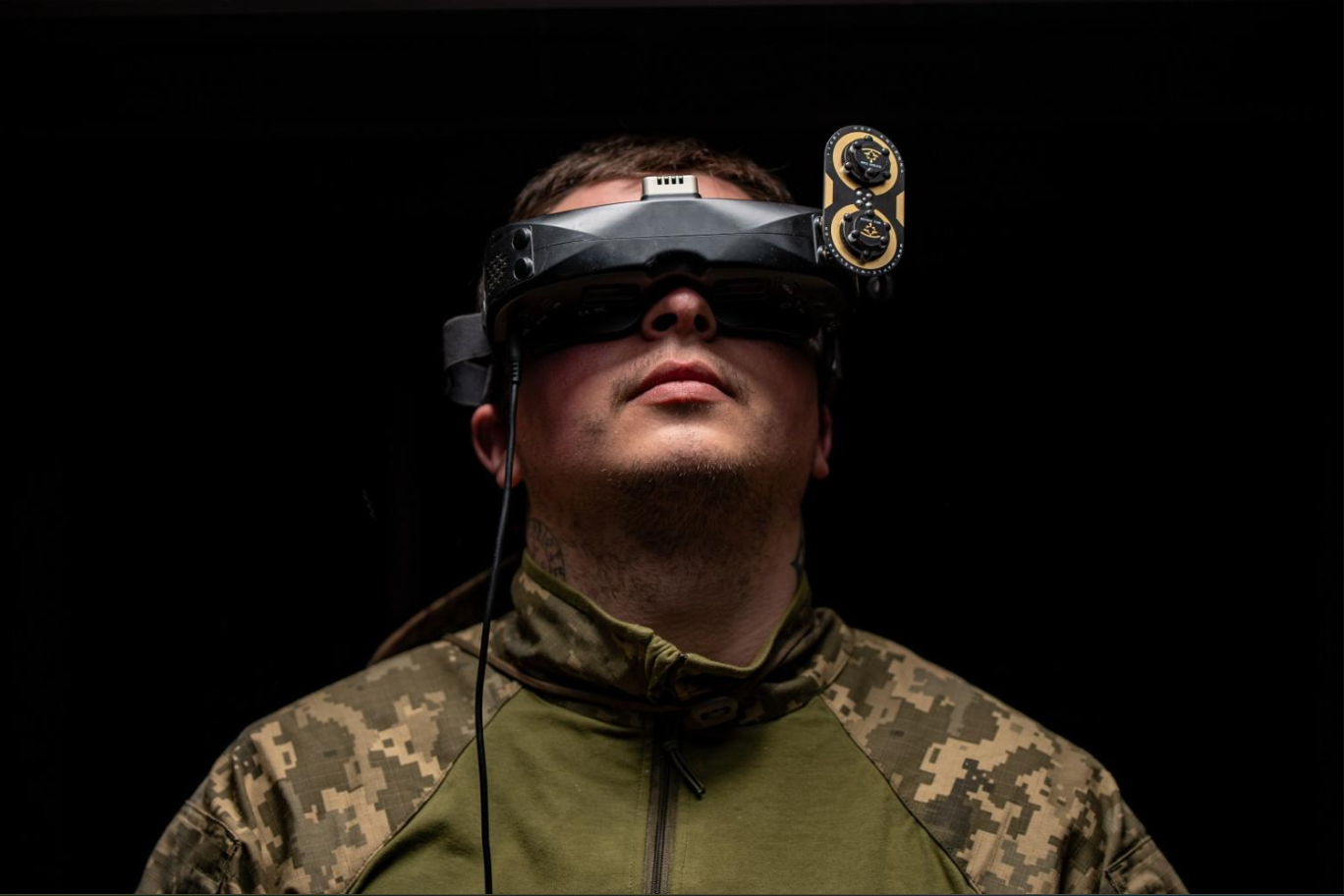
We can’t keep firing million dollar missiles to down drones. The cost to defend cannot dwarf the cost to attack. Time to scale interceptors. ⬇️
The evolution of modern warfare has seen the skies proliferated with drones and missiles. Precision is no longer the preserve of the superpower – low cost drones and missiles are in the hands of the Houthis. In the Ukraine and in the Middle East, the cost to kill ratio is becoming a huge challenge for the defender to overcome. Just as Strike was once exquisite, Air and Missile Defence relies too heavily on high cost low volume missiles like the Patriot Missile System.
It is in the air littoral that Ukraine is first focusing on reducing the advantage of the attacker in favour of those defending democracy. Million dollar missiles cannot be fired at thousand dollar drones if Ukraine hopes to stay in the fight. The Lowy Institute’s The Interpreter reports on the battle to get better bang for buck:
“Patriot systems remain a top priority for defending Ukrainian cities, but their high cost and scarcity has made both the United States and Europe cautious about supplying them in large numbers. While effective against ballistic missiles, using multi-million-dollar Patriot interceptors to shoot down drones worth only tens of thousands of dollars is economically unsustainable, especially as Russia launches drone swarms by the hundreds each night.”
That’s why Ukraine is seeking to leverage its Defence Innovation Ecosystem to deliver low cost interception at scale. Forbes is reporting that after first leveraging FPV drones to go after reconaissance drones, the Ukrainians are now seeking to destroy the infamous Shahed strike with purpose built interceptors:
“Russian fixed-wing drones were soon being brought down by the hundred. The interceptor pilots, adapting air-to-air dogfighting tactics, became expert in taking out Russian drones , denying them the ability to see targets and direct artillery, rockets, missiles and drone strikes.
It was a small step from reconnaissance drones to Shaheds. The attack drones are more massive, at over 400 pounds, and fly slightly higher and faster than the original FPV interceptors. This has required some design modifications, and we have seen aerodynamic bullet-shaped quadcopters (like Wild Hornet’s Sting interceptor) and delta-winged arrow shapes as well as traditional designs.”
We’ll post links to both articles in the comments – and once again this is a reminder of how quickly the modern battlefield adapts and evolves. The crucible of conflict has no time for cumbersome committees and barracks bureaucrats.
Food for thought…
📸 via The Interpreter
